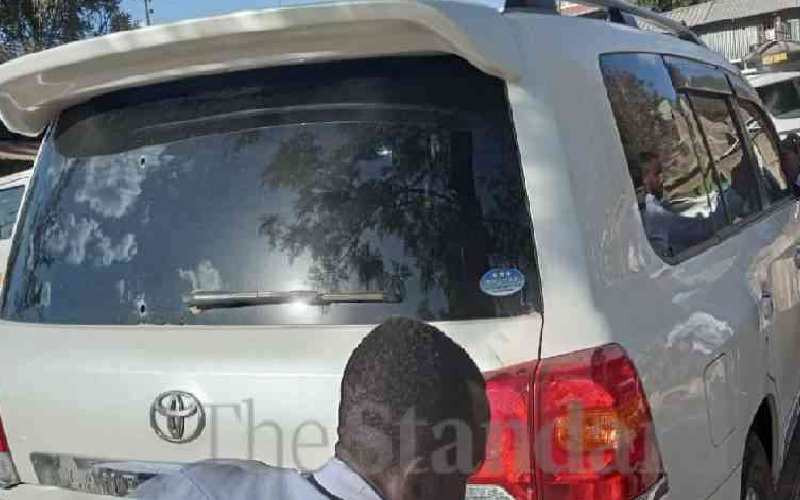×
The Standard e-Paper
Join Thousands Daily

Vehicle Pakistani journalist Arshad Sharif was being driven in when he was shot dead in Magadi, Kajiado County. [Denish Ochieng, Standard]
Suspected enforced disappearances and extra-judicial killings of foreign nationals over the last month has burst one of Kenya's worst boils.